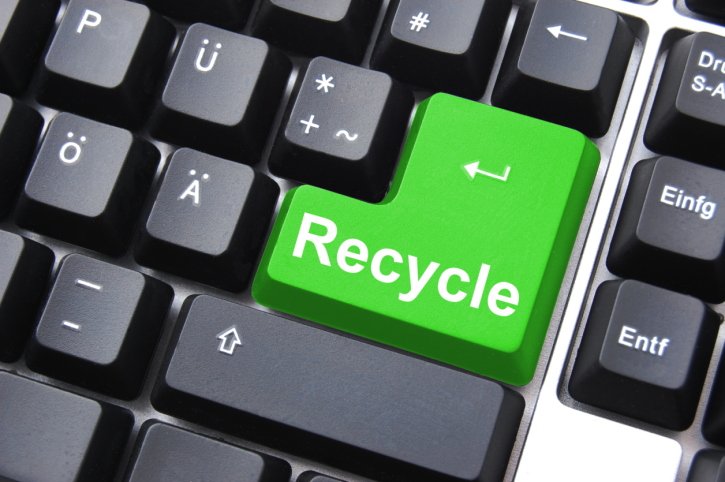Late in 2014, I told you of a data center park in Norway which offers recycling for any kit made redundant in hardware upgrades. In 2015, should we consider all data centers as disposable?
At first sight, that sounds like the opposite of green. In our lives, we have too many disposable items, that we use once and throw away. That is what produces the mountains of waste our societies have to handle. Am I suggesting we chuck old data centers onto the landfill as well?
That’s not what I mean. All data centers have to refresh their IT hardware (and eventually their cooling and other systems). That Norway site just happens to be next door to an industrial recycling plant, so any tenants in the place don’t have far to ship their old servers when they want them securely disassembled. For the developer Bulk Properties, it’s another benefit to add to the sales spiel.
Data centers in landfill?
There’s already a lot of thought about the lifecycle of data centers and their contents. Hardware refreshes happen every three years or so, and can be pretty thorough-going. This is especially true if the technology in your data center is shifting.
These technology changes could become more likely. Micro servers in micro-clusters from various sources are being proposed as an alternative to conventional rack-mounted systems.
Rack sizes themselves can be altered, to new designs that bring better density and airflow, for instance in proposals from the Open Compute project. Making this kind of change can save money and energy, but disposing of the hardware will count in the environmental debit column.
Technologies for cooling and power are also potentially changing. In last year’s Datacenter Dynamics awards, I heard from a Middle East bank which switched off a chiller unit. If the bank is really confident it won’t need it, that unit will have been disposed of (and I would guess that region has a strong second-user market for air-conditioning systems).
Sometimes, even the buildings themselves become a liability. The rise of data sovereignty in the wake of Snowden means customers want local storage - but what if the next phase of the cloud doesn’t need (or can’t afford) a data center where yours is located?
While the big cloud players (and big enterprises) keep on aggregating servers into ever bigger cloud facilities, smaller players may be moving towards a smaller scale where there’s less risk, and the facilities can be sited flexibly. Just to pick two stories at random, Concergent in Wichita is making micro data centers with customers, and IO has spun off BaseLayer, a company that makes modular data centers which can be placed close to power sources.
Watch your waste
With all this going on, the data center industry needs to keep an eye on what happens to its discarded IT hardware, its old industrial plant and its unwanted buildings. There are building regulations, and waste disposal laws, of course, but the industry should consider going beyond them.
If data centers pride themselves on being green, it’s important to measure and take stock of every part of that picture, including the lifecycle and disposal of your data center.
A version of this story appeared on Green Data Center News.
2015: the year of the disposable data center

Peter Judge
Peter Judge is the executive editor at DatacenterDynamics.

